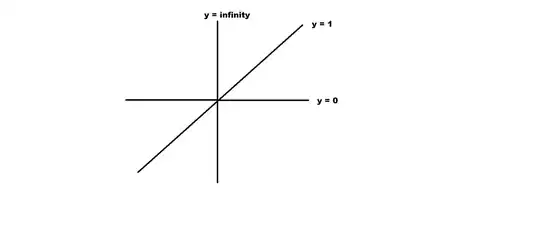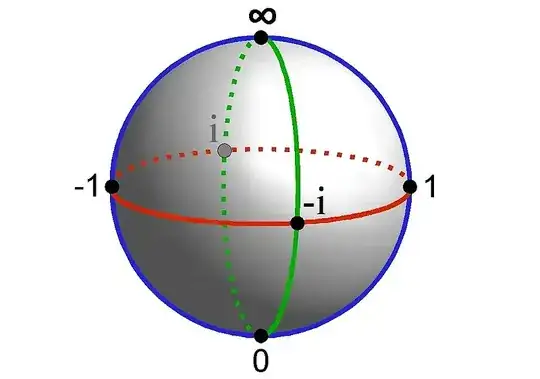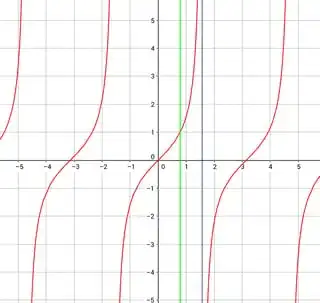Another notion where 1 could be seen as "halfway" between 0 and +infinity is the Farey sequence:
$$ F_1 = { \frac 0 1, \frac 1 1 } $$
$$ F_2 = { \frac 0 1, \frac 1 2, \frac 1 1 } $$
$$ F_3 = { \frac 0 1, \frac 1 3, \frac 1 2, \frac 2 3, \frac 1 1 } $$
If we try to extend it from $(0,1)$ to $(0, +\infty)$, the simplest solution is to start from:
$$ E_0 = { \frac 0 1, \frac 1 0 } $$
and we get the extended sequence, where every term has all the fractions of the original term and their symmetrical fractions::
$$ E_1 = { \frac 0 1, \frac 1 1, \frac 1 0 } $$
$$ E_2 = { \frac 0 1, \frac 1 2, \frac 1 1, \frac 2 1, \frac 1 0 } $$
$$ E_3 = { \frac 0 1, \frac 1 3, \frac 1 2, \frac 2 3, \frac 1 1, \frac 3 2, \frac 2 1, \frac 3 1, \frac 1 0 } $$


